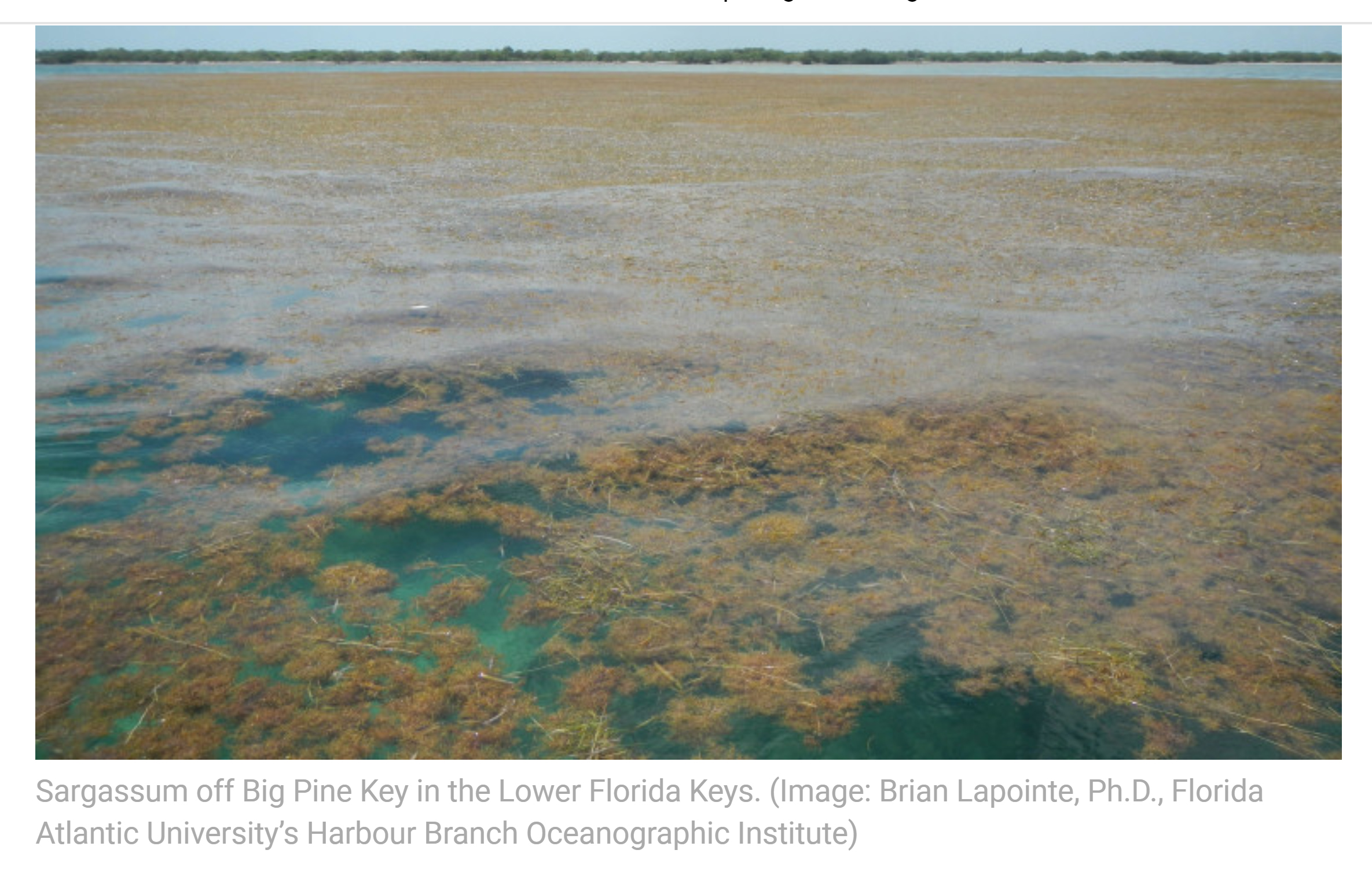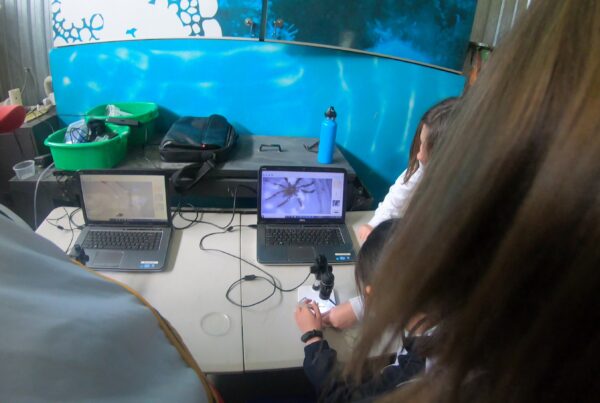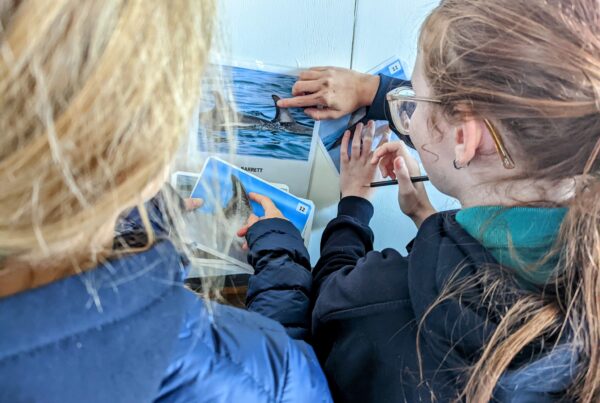A Giant 8850 km Marine Algal Bloom – The New Norm?
An algal bloom stretching 8850 km from Mexico to Africa is a new world record. It’s yet one more extreme natural event that points to a global system out of balance – and we should be very concerned.
The report about the massive bloom of Sargassum seaweed stretching 8850 km across the Atlantic Ocean was published in the prestigious journal Science by Florida scientists. Wang et al. report that the mats of floating weed have increased since 2011 and fear that this could be the new normal.
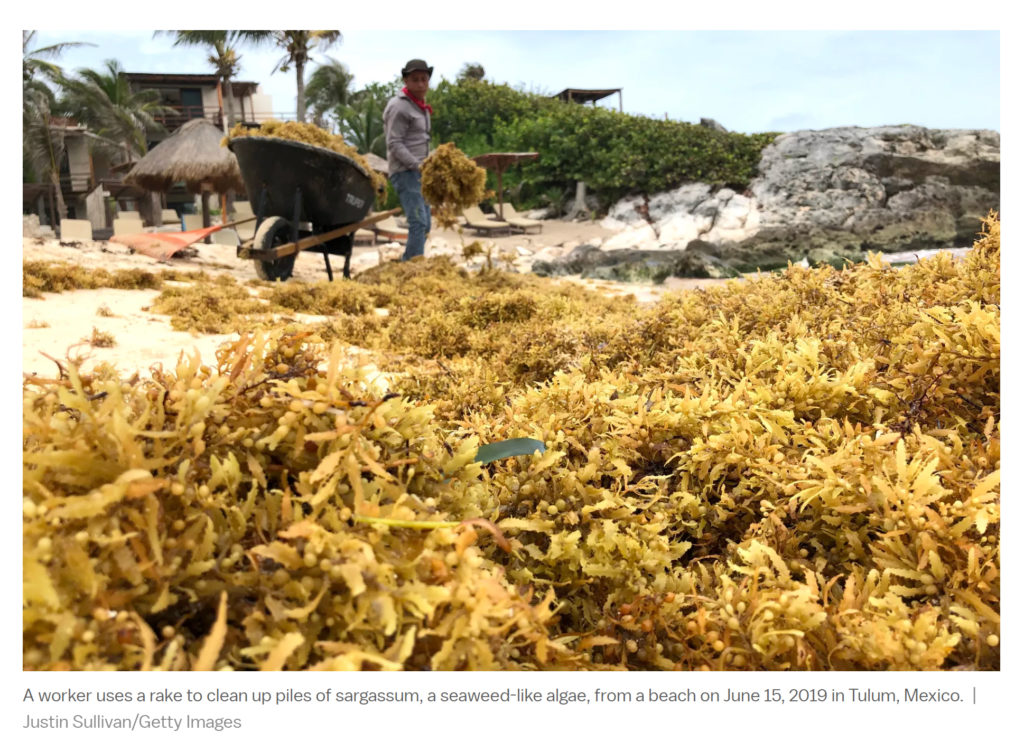
Sargassum is a type of brown seaweed that we also get in our waters, but not the huge floating rafts normally seen off the Gulf of Mexico in what is called the Sargasso Sea.
In normal quantities Sargassum seaweed is a critically important part of the ecosystem, providing floating habitat and food that fuels a rich food chain. Below are the maps of the extent of the blooms from 2011 to 2018.
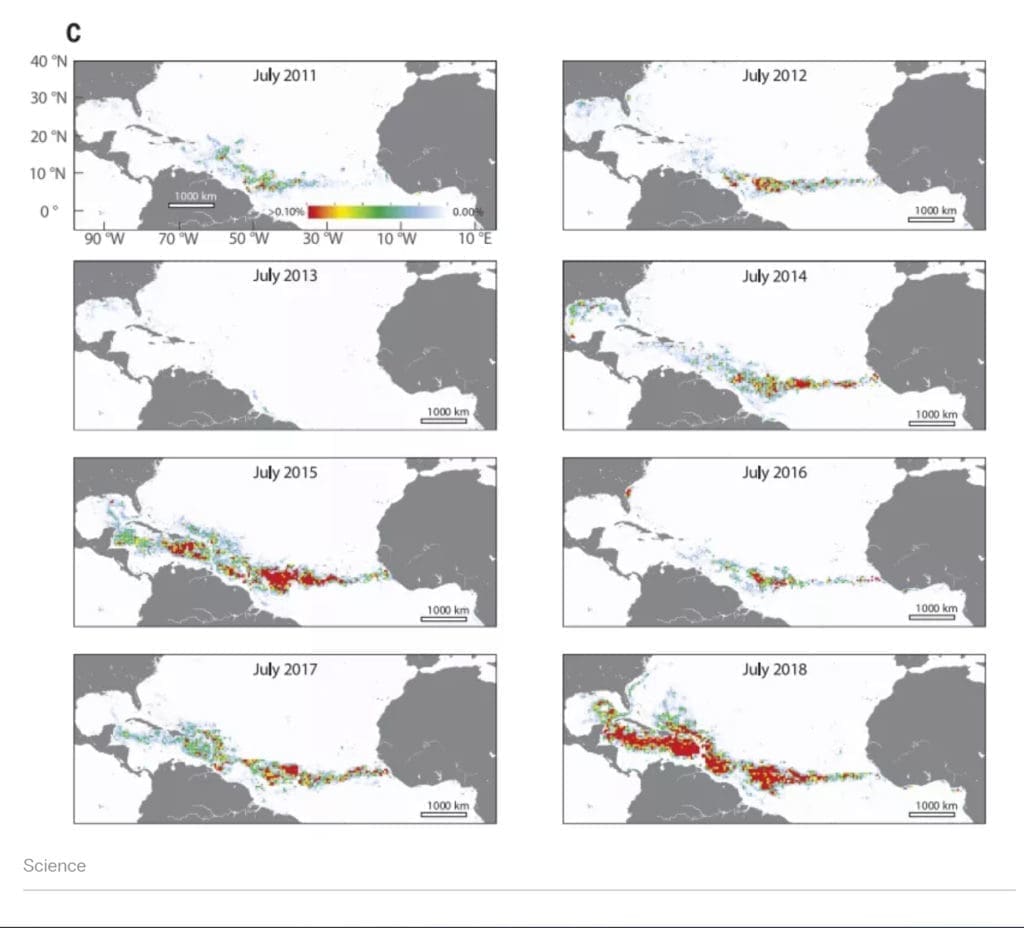
Like all algal blooms they die back and drop to the sea bed to decay. This can smother other organisms, potentially causing long-term ecological damage.
The scientists suspect the giant bloom is the result of excess nutrients, especially nitrogen and phosphorous flushed from West Africa and also from the Amazon. It is related to land clearing and the over-use of fertilizers.
The Gulf of Mexico has also seen unprecedented toxic algal blooms with neurotoxins that have killed large numbers of manatees, turtles, and dolphins – not to mention fish. This is the same area affected by the massive oil spill from the Deepwater Horizon.
We see localised blooms of toxic microalgae in Port Phillip when nutrients and warm water are just right. They can close beaches to swimming and cause mussel farms to cease harvesting because of public health concerns. Our bay seems to settle down after a few weeks. These nutrient-induced blooms are possibly the largest risk to the health of our bay. Our research suggests a link between water quality and lesions on the skin of our Port Phillip dolphins.
Conversely, we are also seeing severe thinning of kelp forests in Victorian and Tasmanian waters – we suspect the result of warming sea waters.
Ecosystems are complex living things and we are seeing more and more concerning events that suggest these systems are broken. We must do everything we can to take the pressure off coastal systems by reducing pollutants and, of course, addressing climate change.
Reference: The great Atlantic Sargassum belt. Science 05 Jul 2019: Vol. 365, Issue 6448, pp. 83-87. Mengqiu Wang et.al. Read the abstract here.

